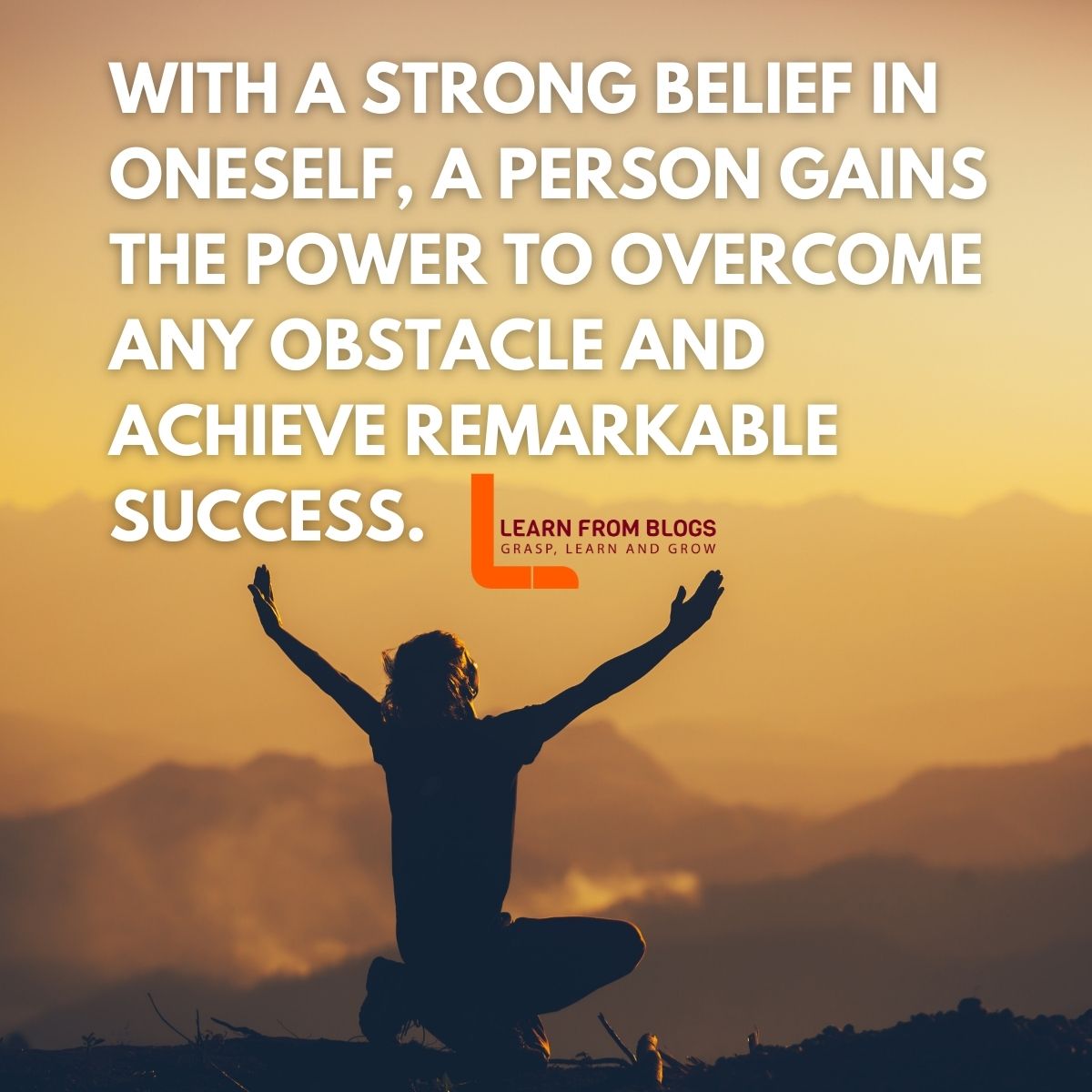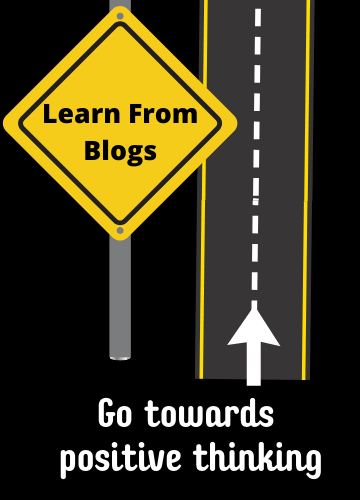23 Master Selling Tips
➤ Talk about product values for your customer, not about a product.
➤ Focus on the right direction.
➤ Focus on realizing that we are helping them.
➤ Be very simple and sharp.
➤ Always be loyal to your product.
➤ Always tell the truth about your product.
➤ Create real urgency.
➤ Highlight the benefits of your products or services.
➤ Ask more questions.
➤ Invest time on qualified buyers.
➤ Compare your product based on value, not prices.
➤ Never debate with buyers.
➤ Define and understand your buyer.
➤ Always say, buyers need. Understand that, "We are not selling to them; we are selling for them."
➤ Be clear and sharp to the point speaker.
➤ Be emotional. Understand that "people never buy because of logic, they buy because of emotions and they try to justify it with logic."
➤ Give some logical examples related to the buyer.
➤ Before you start your day, check out your mood, are you feeling okay? Ask yourself. Try to improve your mood and make sure you are feeling confident before you try to sell.
➤ Talking is just around 20% of your efforts. The other 80% is the effort used to listen to the buyers. That gives you a hook to connect with them.
➤ Go straight forward into talking about the product.
➤ Be sure about your product. If you are not sounding confident, the buyer will not buy.
➤ Give more in-depth knowledge about the product. The more you know, the more questions you can answer confidently.
➤ Research about competition. Know about their product in comparison to the one you are selling.
➤ Don’t use a forceful tone that makes the buyer feel they are being forced to buy.
Each cycle has many chances to boost teamwork and objectives. The following points are helpful:
OKR Planning
Weekly
OKR Review
OKR Recaps
During the cycle, goals and key results are not altered. It is done if the company faces an unexpected issue to which it must respond. This is rare; It is checked, and recaps show potential for improvement for the next cycle. A stable rollout of a firm's OKR model requires time. It takes 3-4 cycles to get OKR's full push.
A practical, well-designed roll out plan will reduce learning. Steps like in-house training, OKR Coaches training, expert training helps increase the quality and speed of learning.
It is worth noting: To remain humble and open to making errors and studying new skills.
Is OKR's right for you?
If you are CEO or leadership, using the OKR's system is a proven way to improve worker's links with goals. It checks results, gives the team ample inputs, and delivers results. Creating OKR's tell leaders on what to focus during a given period.
Review OKRs if required. Be agile, if your company, team, or goals change, feel free to change the OKRs. When set up and used daily, OKRs seem to be simple to use and would not take time to implement. It requires only a few hours each quarter to verify and review your OKRs. Although you should verify them more frequently to keep up with growth and track the gains made every week.
The major impact of using OKR in most companies with no goal management already in place. Those that focus solely on metrics and KPIs is a cultural shift from output to output. OKR creates focus, openness, and placement for all jobs within a company. These three factors merge and lead to higher employee involvement.
Agility - Smaller goal cycles allow changes and faster move to change. It is growing ideas and decreasing threats and loss.
Alignment and cross-functional cooperation - The use of mutual OKR's improves teamwork among various teams.
Shortened time to set objectives - OKR's ease makes the whole process of goal setting faster and easier. It reduces the time and effort spent on goal setting.
Clear engagement - Openness and clarity make it easier for teams to know the company's goals. It shows how each worker can help.
Make workers involved - OKR's two-way goal setting plan connects workers with company goals.
Design of OKR's
OKR design is very simple:
Objectives - Start by setting three-five primary company goals. Goals should be positive, measurable, time-bound, and to be done by the team. A goal will inspire and challenge the team
Results - Define three-five conclusive results under each goal. The main results must be real, leading to objective scoring and tough but not difficult. Results of OKR can be based on progress, success, or loyalty. They mostly are numeric, but they can also show if something is done or undone, so a binary 0 or 1.
How to bring OKRs to use?
Communicate your goals and Key outcomes to all once defined. If required, mix the text so everyone can have a standard view. When people start the job, they update weekly outcome metrics. A goal is considered done when 70-75% of its outcomes have been met. If 100% of targets are achieved, it might not be ambitious enough.
Review OKRs as required. Become flexible. If your company, team, or goals change, then change the OKR's. No method must be larger than common sense and daily business.
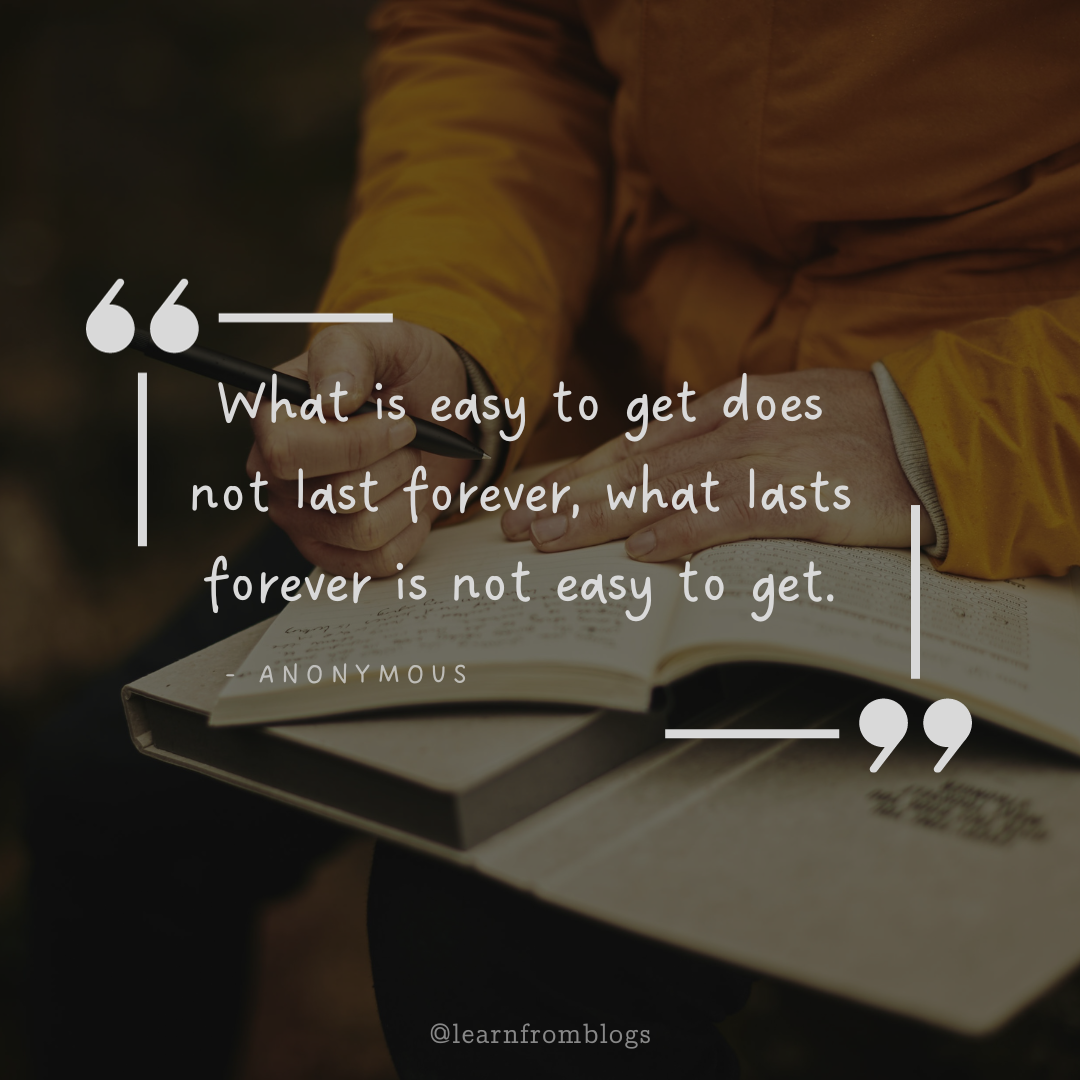
History of OKR
OKR has a rich history which can be traced to 1954 when Peter Drucker created MBO or Objective Management. In 1968, Andy Grove co-founded Intel and, as CEO, improved MBO into an OKR model that is being used today. In 1974, John Doerr, who is one of the most successful venture capitalists, joined Intel and invested in companies like Google and Amazon.
Doerr, who introduced Google to OKR, has a goal-setting formula: “ I will ________ as measured by ____________." which is still in use.
How to prepare for OKR
Before you start using OKR, it is crucial to have a clear idea of the task that needs to be solved. For most companies, OKR solves the task of deploying a business plan in a manner that is clear to all staff, clear and achievable. To succeed, a worker should be in the company to deliver and run OKR. This person is called "Envoy," and the role is to see that everyone who uses OKR is trained involved and has continuous help and support. OKR is a system, but it is also a learning process that often requires a step-change in how thinks and measure their work.
The layout of an OKR tool is split into 4 points based on strategy and delivery.
How OKR bridges the strategy execution gap
1.) Mission & Vision
2.) Company OKRs (1 year)
3.) Group OKRs (1 quarter)
4.) Initiatives
First two are strategy (mission & vision and company OKRs)
Last two are execution (group OKRs and Initiatives)
Middle two are OKR (company OKRs and group OKRs)
The last one is Agile, GTD, etc.
OKR's stands for Objectives and Key Results. It is a famous goal managing tool that helps companies deploy strategy. OKRs help to connect the company, team, and goals to real results. This is while all team leaders and members operate in one direction. An OKR comprised of a Goal that identifies an objective to be done. And up to five Vital Results that make progress towards the goal.
Each OKR may also have efforts that define the job needed to run the Vital Results forward. The model includes a range of rules that help workers plan, coordinate, focus, and measure the result of their work. OKR helps firms convey company plan to workers in a visible manner. These assist companies shift from output to a result-based approach to work.
What is the objective/ goals?
The objective is a summary of the goal to be attained in the future. The objective sets out a clear plan and gives motivation. A goal can be thought seen as a location on a map.
What a Vital Result?
A Vital result is a metric value and target price, which test success to the objective. A vital result is like a distance symbol that tells how near you are to your goal.
What is an Initiative?
An Initiative is a summary of the job you are trying to do to impact the Key Result. If a goal is your target and the vital result shows the length to go. The Initiative defines what you will be trying to do to get there.
Hoshin Kanri is a strategic planning tool based on Japanese culture. It was created in the 60s and 70s. It is used to help companies to manage their strategic plan to achieve success. It is a seven-step method used as part of a tactical plan which speaks about objectives. It is shared across the company, and then put it into action.
The method aims to improve links across the company. And at the same time to reduce waste produced by weak direction or poor management at any level. Companies that use the model follow a path of thought, making plans, applying, and reviewing.
The Gemba process ( is another element of the tool ) could well indicate spending moment with your sales staff or your software design team. And to work closely with your customer service team. But they should describe it as it relates to your company. And define what the leaders and the front-line workers will understand. The model wants all of us to know how Gemba operates in your company. It is critical for the model to fit your company.
You would have found a range of replies if you studied how to execute the plan in your company. But there are four crucial moves at the core of it; this will start your planning:
Find your primary goals - The first key step to proper planning is to satisfy your executive team. And the managers required to create the strategic plan. The company does not need to begin the Hoshin plan if the company already has a plan in place. The company can carry what they are doing and later adapt to the Hoshin model.
Play catchball - One thing that separates Hoshin from other tools is catchball. This word is used to define the idea of putting ideas back and forth for the sake of balance. In other words, your top management can set its company's three-to-five-year key goals. Then they will chat with the lesser-level managers about the objectives, who will talk to their teams about it. This feedback method helps you have a buy-in through your company.
Have your Gemba on - Gemba is another element of the tool. Gemba means getting out on the shop floor and recording the goals and reforms. The idea is to stay connected to your Hoshin plan unity. Managers should review how ground-floor ideas are blended. And catchball to gather with in-process feedback.
If you do not have a shop floor, when you are thinking about the Gemba process, find what that means for your management team to be there on front lines.
Make the adjustments you need - All three prior moves deal with a certain extent with collecting feedback. What good is input if it is not used? This key step means you do and make adjustments to keep track of your short-term, long-term reforms.
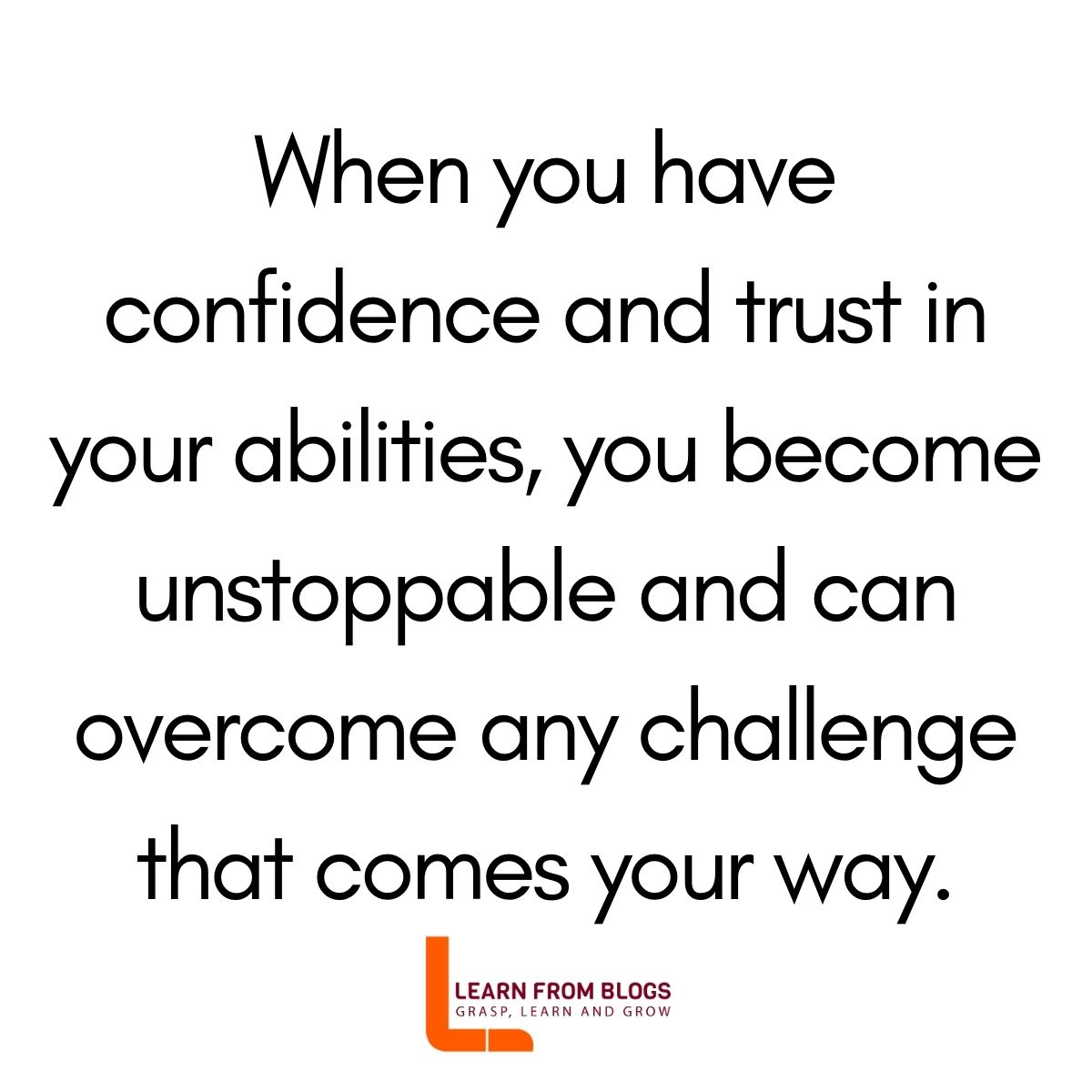
The concept is that goals cannot be achieved if they are created at the highest levels and pushed down to lower departments. Hoshin tends to favor talks and goal-honor from top to middle to bottom, then back up. To be useful, you must line up the following three levels in the company:
The Strategic Level - This includes the company's view, purpose, and yearly goals. They are built or conveyed at the highest employee levels.
The Mid-Level and the strategy Levels - The company's goals must be linked at this level to ensure that each project affirms and pushes each goal.
The Worker Level - This is the internal level when everyone in a company adds value in some way. In this level, the creation and delivery of employee plans should be linked with company goals. Staff involved in Hoshin Kanri feel far more involved in the success of the company's goals.
The concept is that every employee should work towards the highest goals set by the company. Employees get input that needs to be included in the objectives. And, as a result, workers feel a sense of ownership. This two-way sharing of information is crucial. Passing input back and forth, the management string produces an input cycle.
Hoshin Kanri, in its purest sense, means detailing goals. And trying to seek and execute input from every level of your company in a loop. Any company with loyal staff can try to use the method. Hoshin's difference is that it says breakthrough goals are to be captured, shared, and approved by all in the company. After that step, list the person, departments, and sub-goals that link with larger goals. The goals can be reviewed weekly, monthly, and yearly.
To adopt Hoshin Kanri at your company, follow the seven steps. Make sure that the catch ball process is open and regular that everyone accepts the goals.
1.) A key Lean management tool to make sure a company's plan is deployed across the structure.
2.) An essential part of the model is continued growth via tools like PDCA and Catchball.
3.) When applied, the model pushes leaders to show up with a vision and a set of breakthrough goals. It provides a flurry of goals, making sure it is aligned and give the needed power for proper deployment.
4.) Kanban base can assist with both the model planning and the actual deployment of the goals.
5.) The model must adapt to today's dynamic world by shortening contact cycles and creating a much more smooth way to share details.
1. Find the KPI's and direction for the top management. The view must motivate change, not a mandate that comes from the highest level.
2. Detail the breakthrough goals. Existing and new customers should have no more than five goals. These goals, also called stretch goals, lead to organization-wide growth.
3. Set the timetable for reaching these goals. Thinking about the future is good: Where do we have to be in a year to be at the desired position in five to seven years?
4. Start and continue the catch ball process, from top to bottom, and back again. This is to get input, refinement, and buy-in from the whole company.
5. Create review cycles to test the potency of your tactics among people who are close to customers. They can be daily, weekly, yearly cycle. To track your month-to-month progress, deem using a bowling chart. Hoshin Kanri bowling chart model to keep a record of the progress of multiple efforts and projects, the months ahead, the slower. etc.
6. Take measures when the test shows the company, team, or project has missed a goal or KPI and take action to get back on track.
7. Take part in-depth, a yearly review of objectives to decide the changes you have to create for the coming year. Getting input from all is vital to the company's growth and progress.
If you like to try to apply the model in the company, use the bowling chart to catch at a higher level. The model also makes you dive into tasks and delivery.
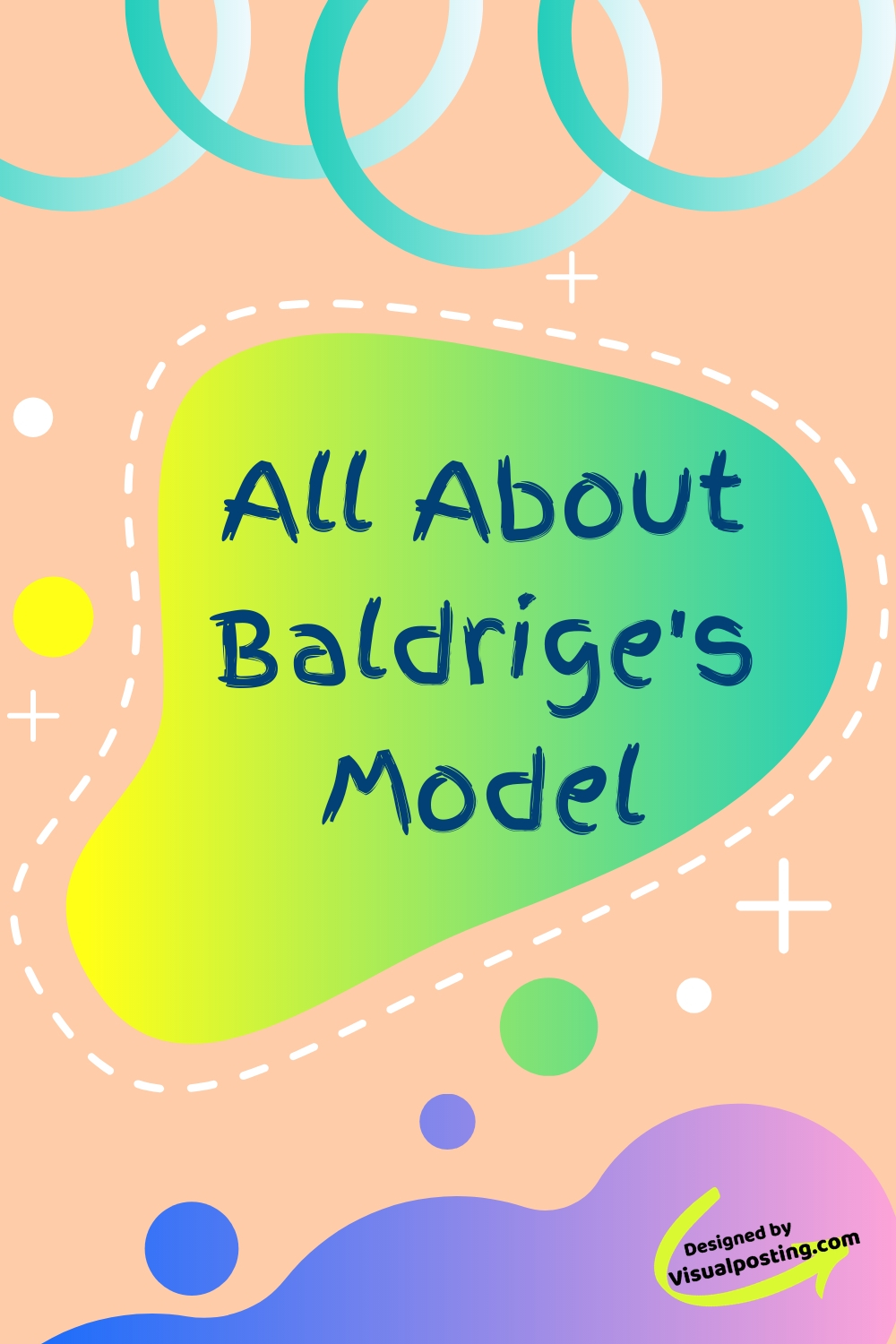
Going back to changes in metrics in the model.
Since its creation in 1988, the model has gone through steady changes in criteria. It has moved from quality checks and design ideas and the focus on pure quality play. All metrics class has been restructured, copied, removed, and improved. And offered higher clear levels, moving some parts into separate types.
The metrics are focused on three basic questions to be asked:
How can I say if my company is doing its best?
How would I know?
What should the company improve?
Is Baldrige's model true today
Baldrige evolved out of the 1980s, and the 90s need to fix the US company's efficiency. It began with a strong focus on quality and has been caught in that legacy. It is a proven model with thirty years of experience. And many companies know its aim and shape. It is a model that warrants ongoing tracking in the changing world we live in.
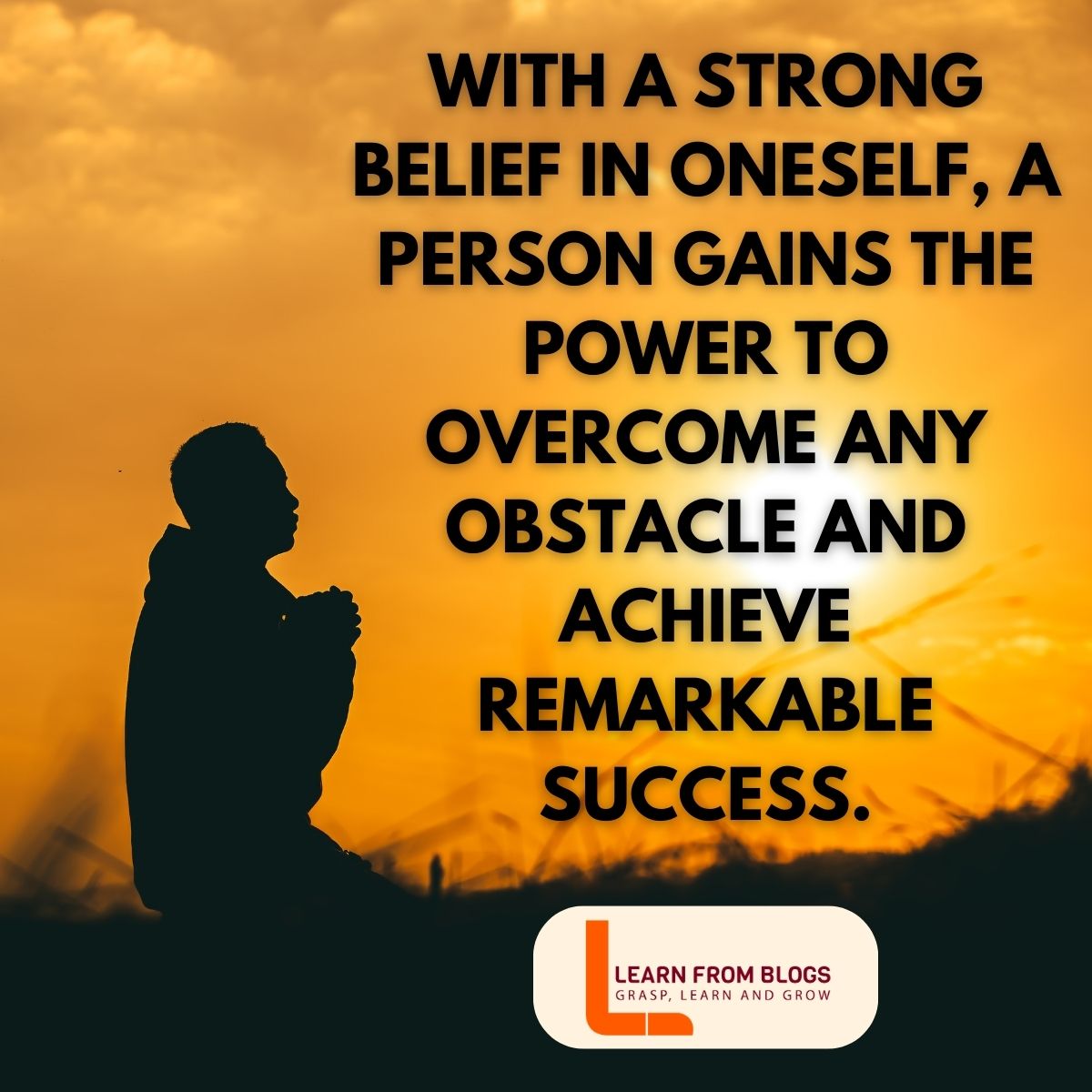
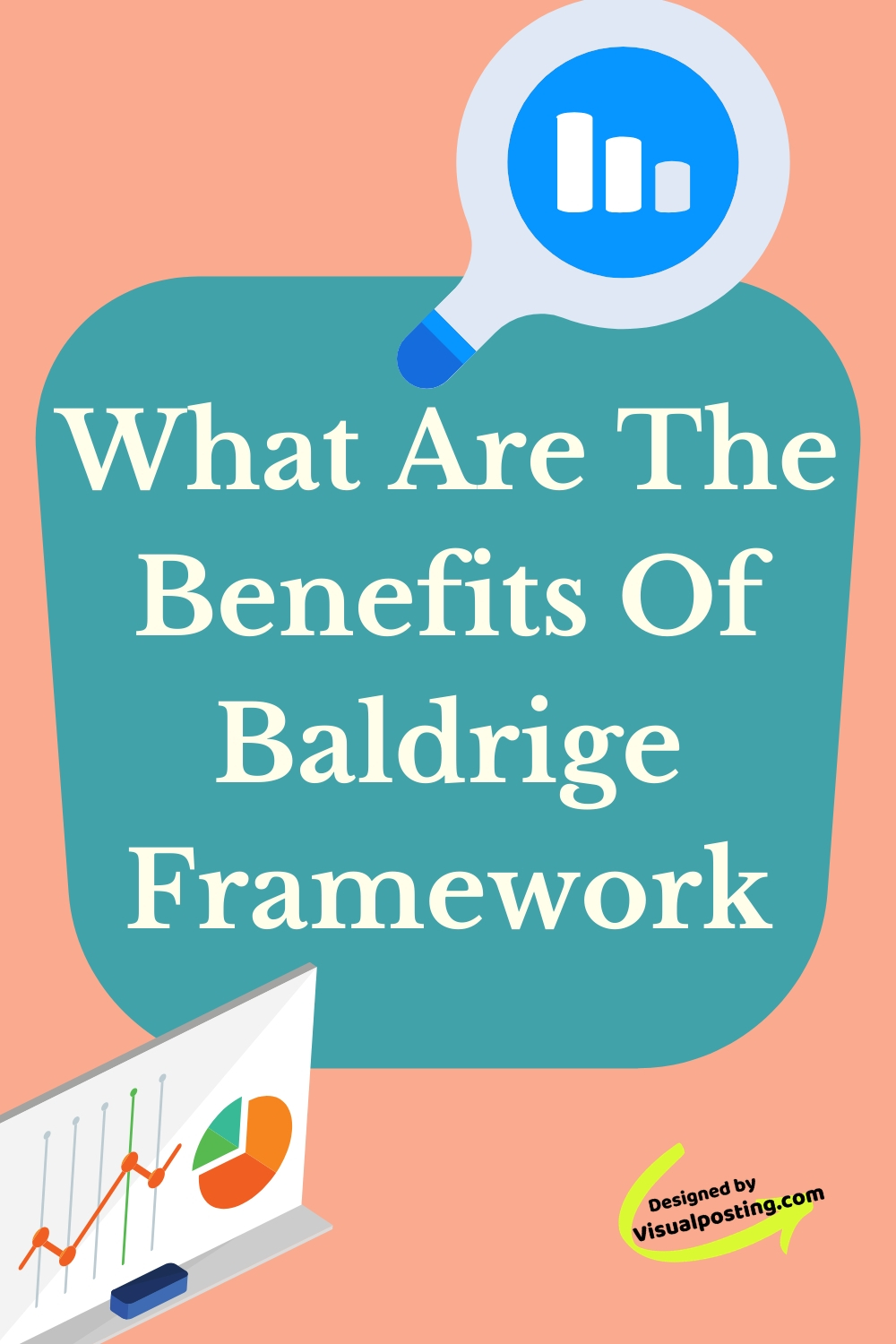
What are the benefits
This looks at all elements of a company with equal attention. And focuses on how each factor affects and links with each other. It allows us to have the company goals, client, and market focus to fall in line. And Process management tools to give the best full results.
It is vital to understand most other tools or systems focus on or a few parts than the rest. Sometimes a tool does have a knock-on effect on some other part of the company. The value of all systems and tools that you see as worth compliment the model. And they can give more thorough advice on how to execute than the model.
By using the model as the management tool, you will review the methods which will be most apt for the company. It often aligns with a balanced scorecard, sometimes with a plan-do-check-act (PDCA).
The option is what is best and most useful in making changes and moving towards excellence. The model metrics give a company view that utilizes a system, but not just an area of success. And that tends to be deemed before you leap into chosen tools that may force the issue elsewhere.
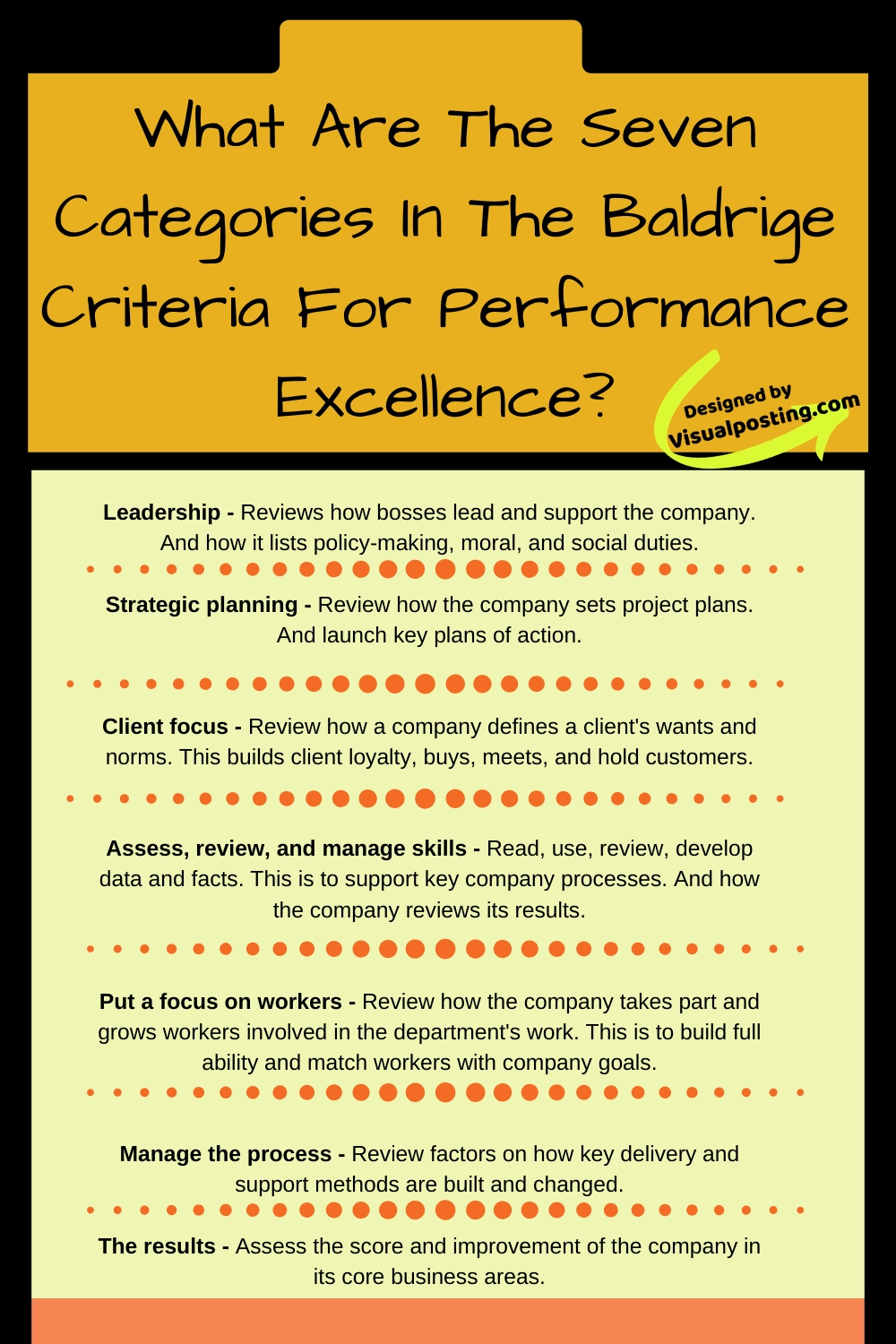
Explore the 7 key categories in the Baldrige Criteria for Performance Excellence. Gain insights into achieving organizational excellence.
Seven aspects which make metrics:
Leadership - Reviews how bosses lead and support the company. And how it lists policy-making, moral, and social duties.
Strategic planning - Review how the company sets project plans. And launch key plans of action.
Client focus - Review how a company defines a client's wants and norms. This builds client loyalty, buys, meets, and hold customers.
Assess, review, and manage skills - Read, use, review, develop data and facts. This is to support key company processes. And how the company reviews its results.
Put a focus on workers - Review how the company takes part and grows workers involved in the department's work. This is to build full ability and match workers with company goals.
Manage the process - Review factors on how key delivery and support methods are built and changed.
The results - Assess the score and improvement of the company in its core business areas. The section also describes how it works compared to rivals.
Key values and ideas of crucial value
The Rules are focused on a set of values and traits in settled companies. Key values and ideas are the basis for merging key company needs. In a results-based model, this creates a basis for action and input.
The below mentioned are the core values and concepts:
Visionary Leadership
Organizational and Personal Learning
Societal Responsibility
Client-led results
Workers and client’s success check.
Its strength
The Future Dwell
Research Plan
Fact Check
Dwell on results, and creating value
Systems point of view
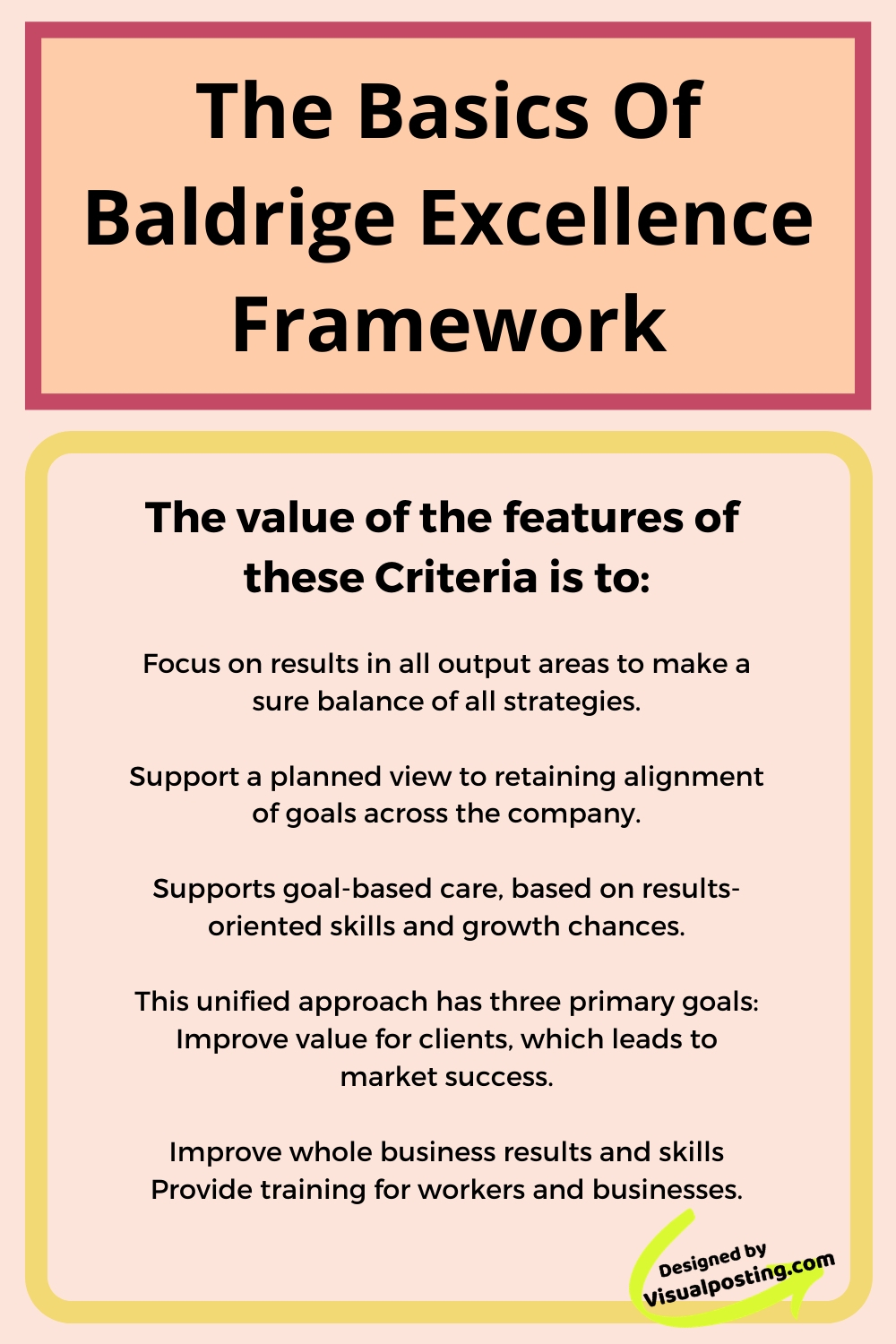
The model has a simple goal: provide the structure for your company, in spite of size or type. This includes business, non-profit, schools & colleges, state, and health. This builds on a structured success improvement model that the whole company works with. To boost total output and achieve success.
The value is the model is non-prescriptive. It doesn't say how to manage their companies. There is no two same business– they operate in various settings, even in the same market. They follow different plans, have different skills, and solve different risks. Companies check their own model with data they are provided.
This works on the principle of the seven-category basis of performance success. Six of them show the list of processes and the seventh focus on results.
Over the years, the requirements, traits, goals, and motives remain constant. They grew to stay true to present market challenges and chances.
The value of the features of these Criteria is to:
Focus on results in all output areas to make a sure balance of all strategies.
Support a planned view to retaining alignment of goals across the company.
Supports goal-based care, based on results-oriented skills and growth chances.
This unified approach has three primary goals:
Improve value for clients, which leads to market success.
Improve whole business results and skills
Provide training for workers and businesses.
It's about self-improvement to improve methods, skills, and results to serve as a working tool. This is to understand and manage results and provide a standard word tool to discuss training.
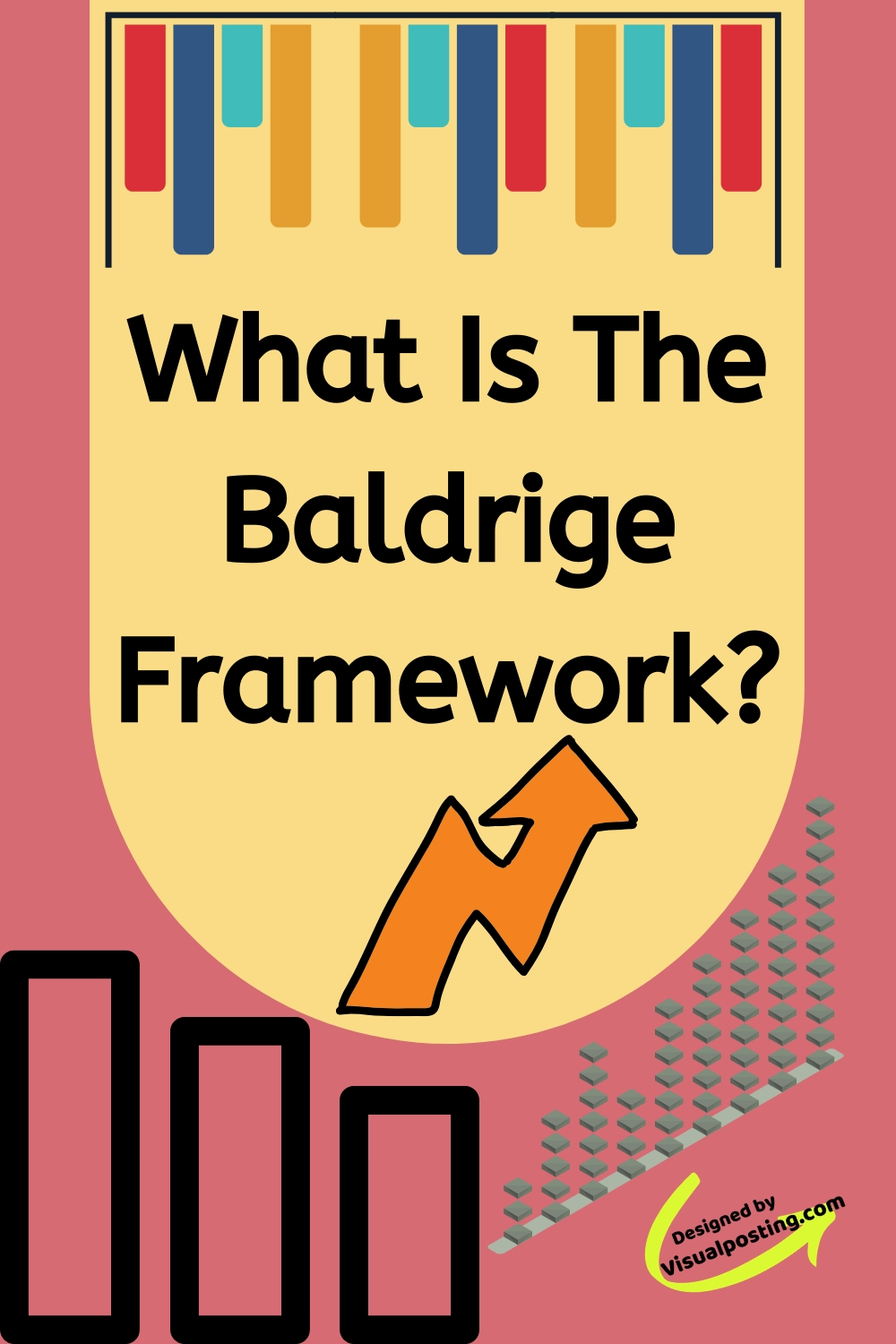
The past of management is filled with outdated trends, tools that have a limited life span. Some seem to be steady, but the popular one is the Baldrige Excellence Framework. The model was created in 1987. And named after Malcolm Baldrige, who was the former trade secretary. Aimed at helping the U.S. industry and business to achieve a worldwide edge.
It's a planned method that helps companies change their processes. The method is all about success in results. Hundreds of companies worldwide have used the model since it's creation in 1987.
Companies use it to increase the quality of service and gain good profits. It has taken its own changing course and stays relevant. By changing or tuning its metrics every two years. It aims to be a major edge of verified leadership practice.
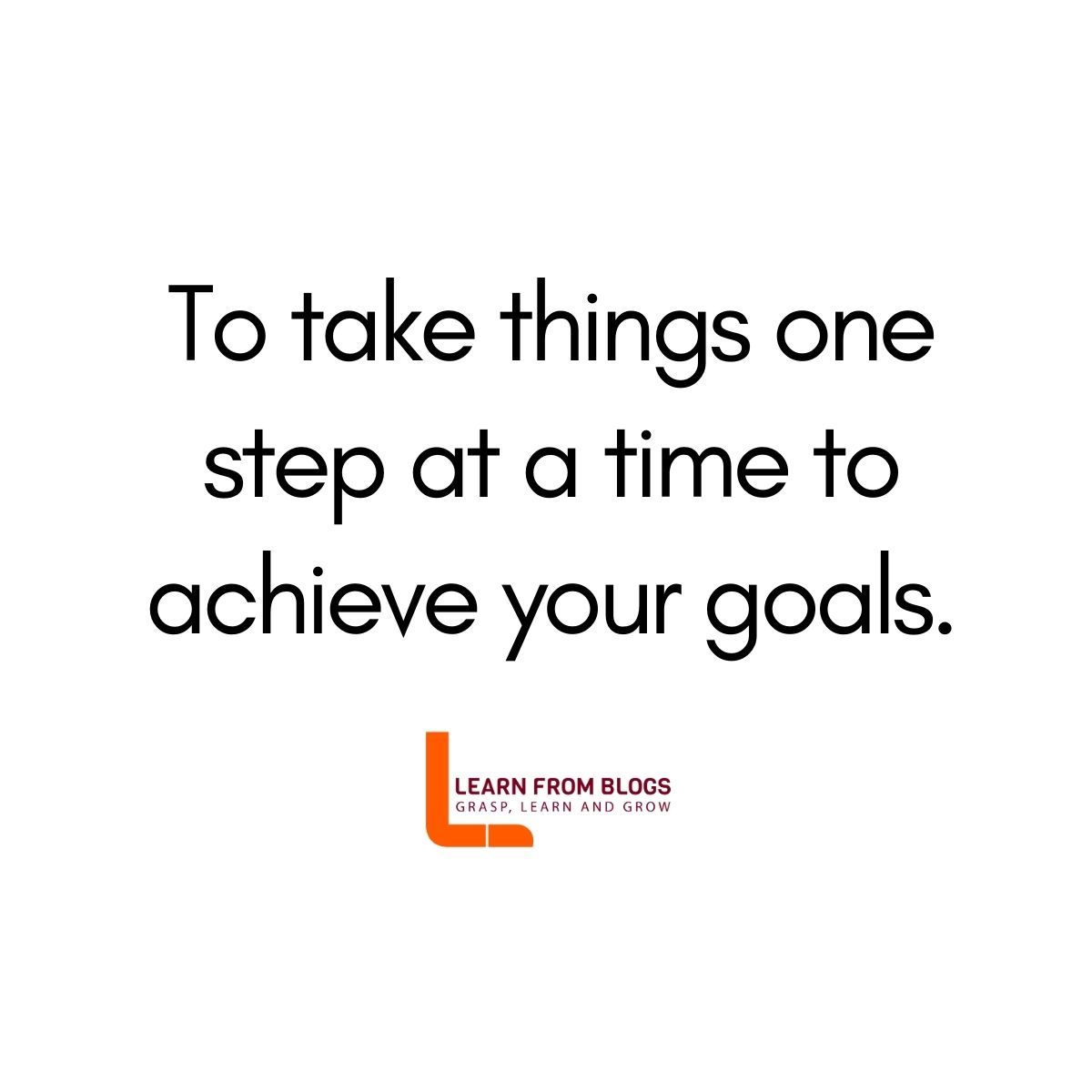
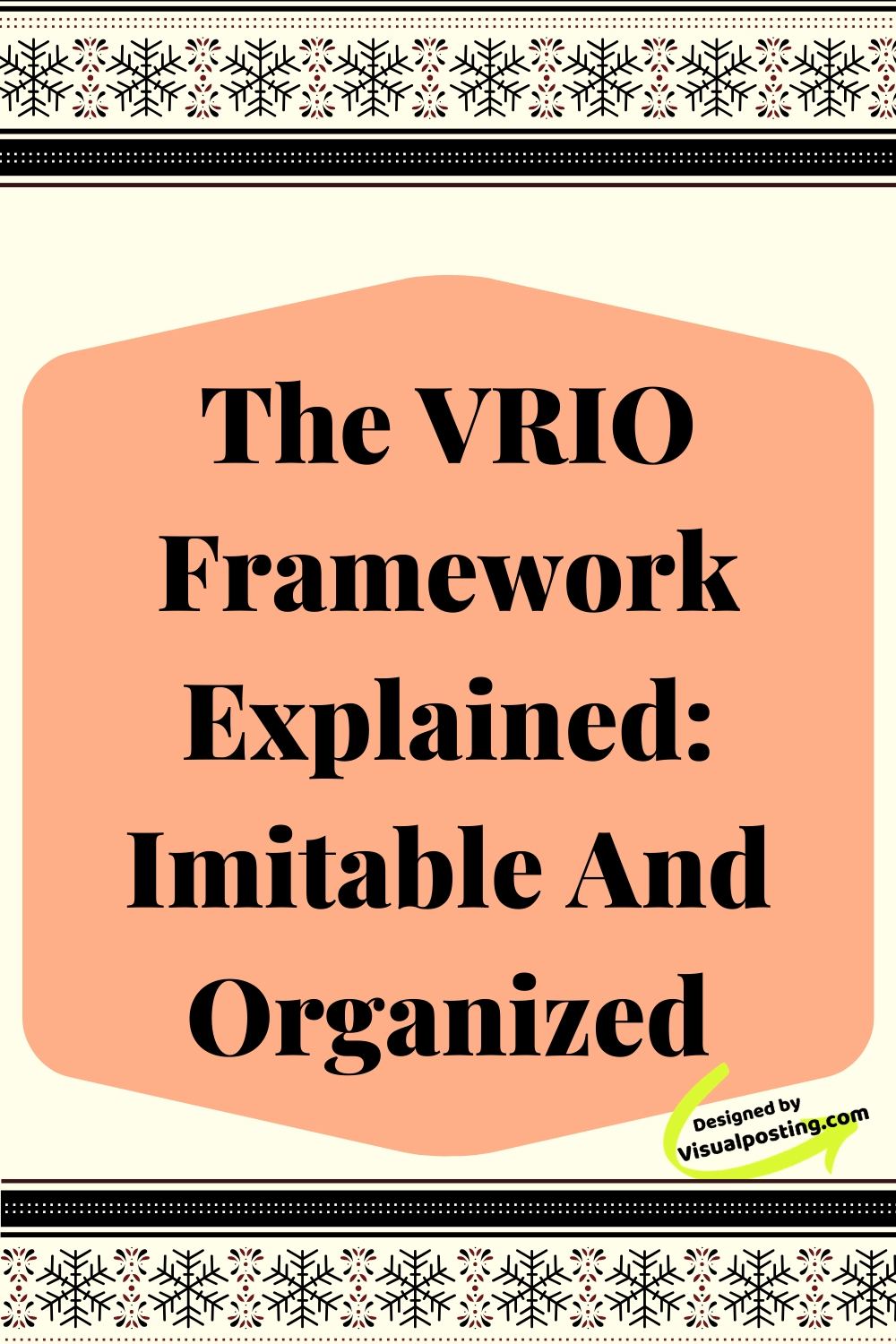
Imitable
Though useful and rare assets may help companies to get plans that other firms cannot copy. Since the other companies lack valuable assets, that is no promise of a long-term market edge. This may offer the big company an early entry edge, but rivals will try to copy these assets.
Another factor that assets must meet is, hence, that they need to be hard and costly to copy or replace. As per the resource-based view, assets can be poorly copied due to a combination of three reasons:
Past Conditions. - Choices made in the past affect a company's present and future chances. A firm that has placed its plants in a far more valuable place than expected. This has a flawed asset.
Causal Doubt - Causal nuance occurs when the main firm's assets are connected. A healthy market edge is not known. Rivals will not be able to copy the focused company. Because they don't know what assets to mimic.
Social Complexity - If the vital asset of a firm is of business and personal value. Then it isn't easy for rivals to copy. This is because the resource has many features.
Organization-wide support
The assets itself do not create an edge for a company if the company is not structured. To develop sufficient use of such assets and to get the value from them.
The main company needs the skill to collect and arrange assets better. Without the right company to buy and use the assets they have. It won't be easy for a business with a rare and valuable asset. It will not be able to create a steady market edge. It is safe for a company to think it has a market edge when all four attributes are present.
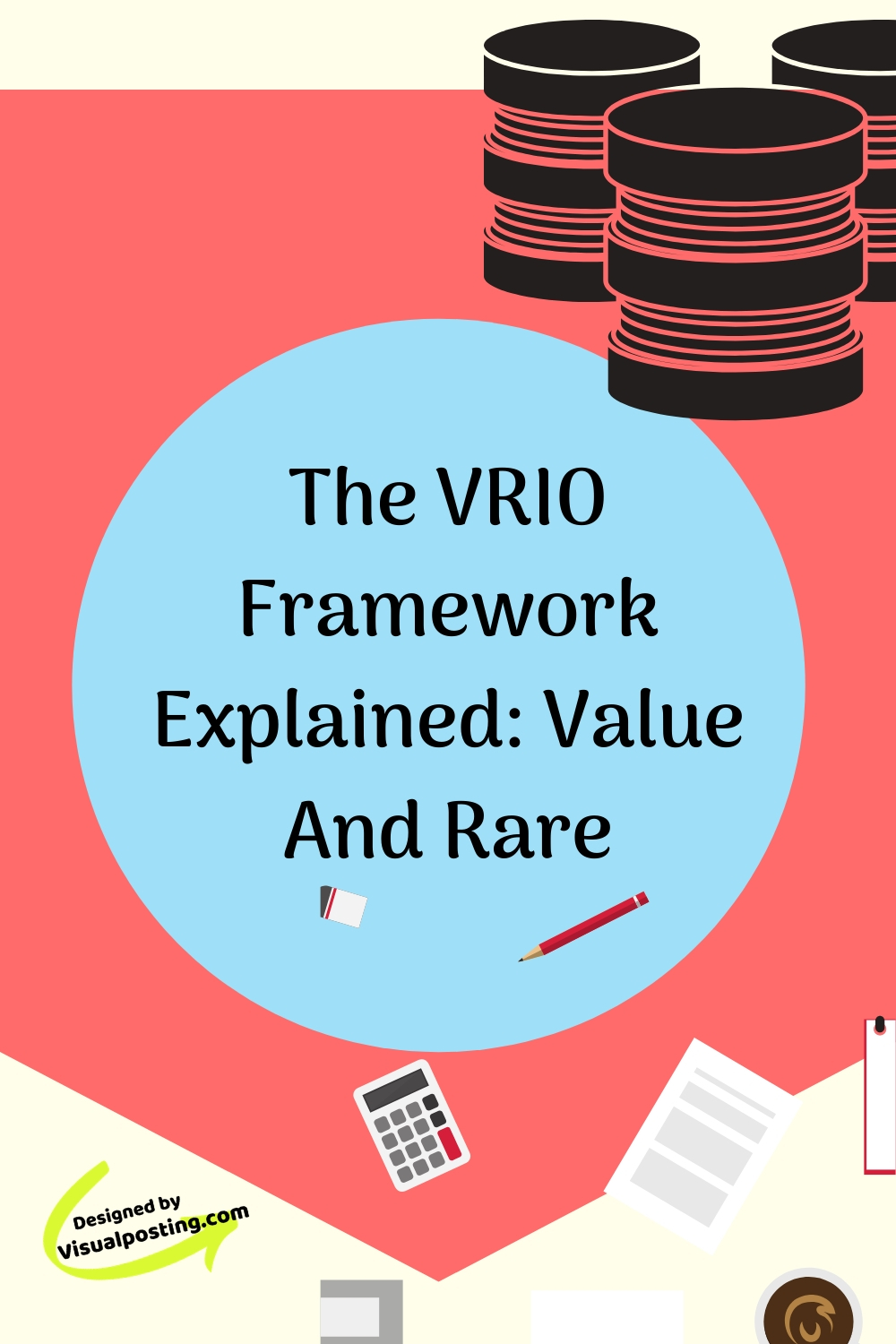
Knowing the model
These four aspects are usually used in the choice-making style. The tool was told in work, "Firm Assets and Sustained Competitive Advantage." Barney said four features that now the firm's assets must have to make a steady market edge. An asset that meets all four aspects will give the firm benefits.
Value
First and foremost, the assets have to be valuable. As per Resource-Based View, assets are seen as helpful. And potency through the use of chances or the reduction of risks. Another way to test how well an asset or investment is useful is by taking a look at its Net Present Value (NPV).
This means that the money spent on the asset should be lower than the usual future profits. Discounted back in time If none of the firm's assets is useful, the leading company is probable not to have a competitive edge. An asset is helpful when it can help companies increase value.
Rare
Resources should be rare. Resources which only one or a few companies can gain are known to be rare. Rare and special assets offer a good short-term competitive edge. A lot of players in the market obtain the same valuable asset. Then each player will have the same approach to use the asset.
Applying a shared strategy will not give a market edge to any of the players. And no company can gain excellent results. Giving up assets and skills will hurt a company. Because they are vital to the market.
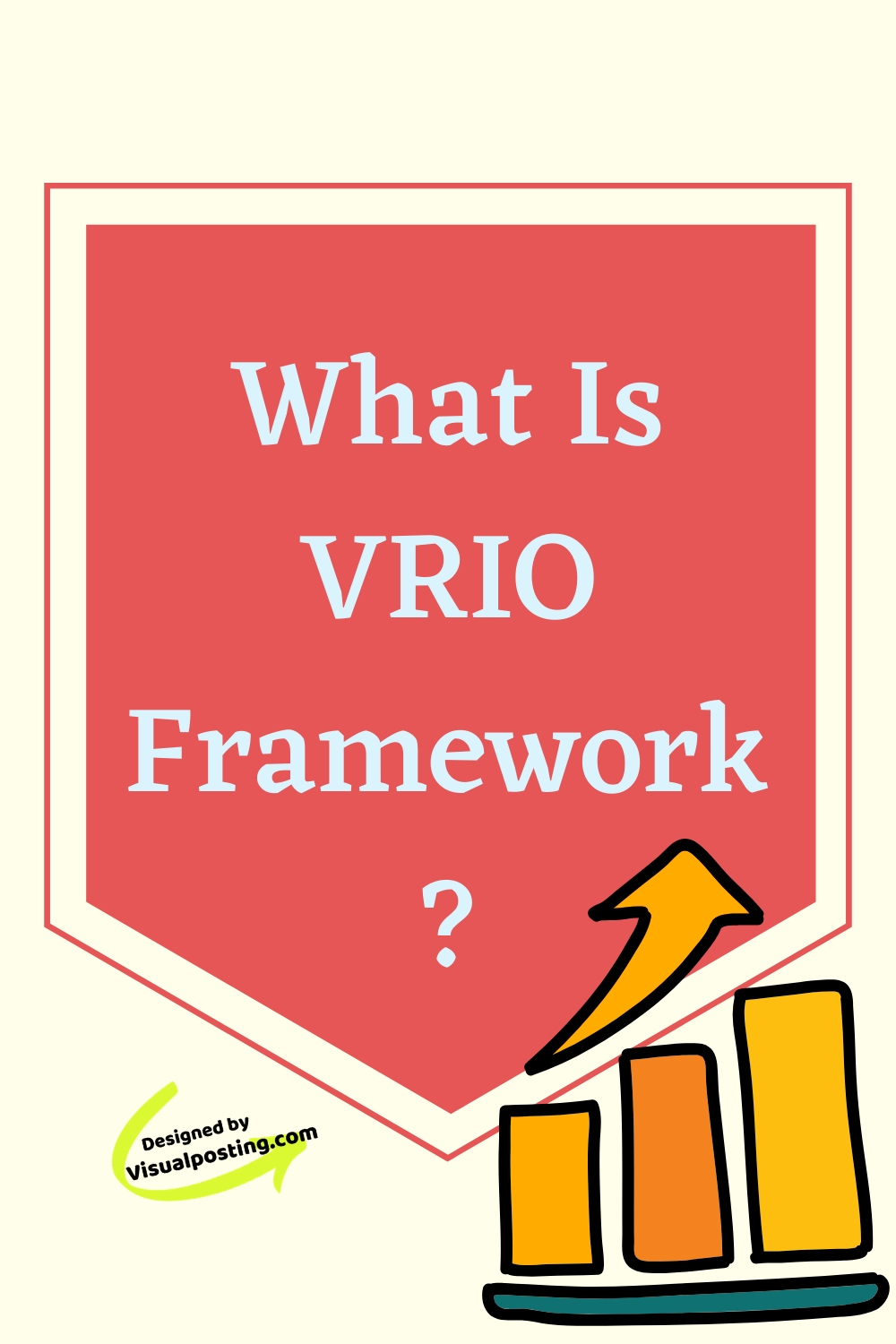
VRIO Framework
Definition
VRIO is a four-part business review tool used to review the market position of a company. The VRIO review created by Jay B. Barney as a way to judge the assets of the company, which are as follows:
Financial
Human
Material
Non-material resources (information, knowledge)
It is a tactical review tool meant to help companies discover and defend resources. And skills that give them a stable long-term benefit. The model needs to be put in use after the creation of company objectives. Before planning. The features and benefits you find will decide how to manage rivals.
It is used to test the company's assets; you can get to know better your competitive edge or weakness. The VRIO deems the following points for your company and your rivals. It is known as Evaluation Dimension.
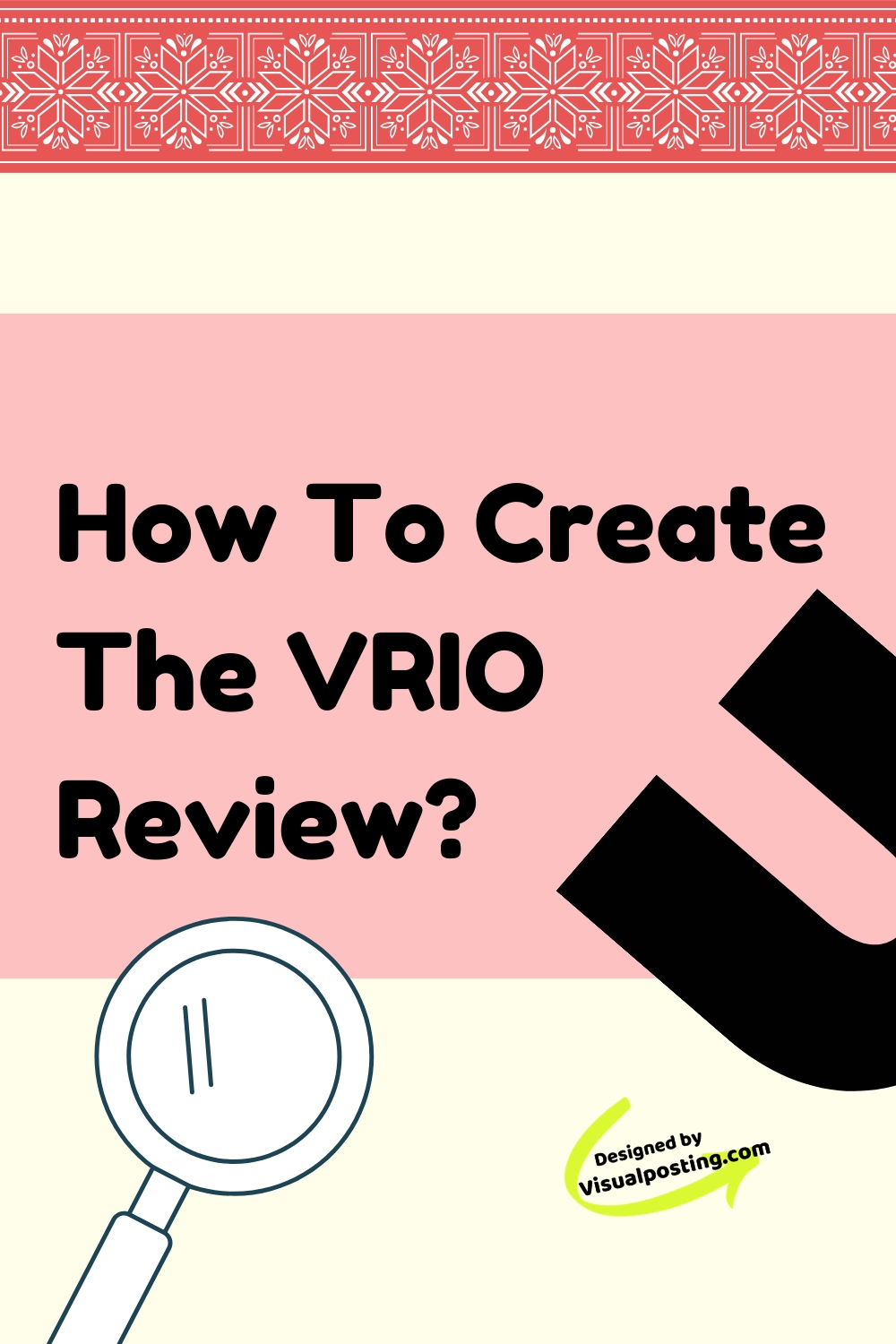
If a firm's assets are useful, rare, and cannot be copied, then the company seems to have a high ability to gain a profitable, steady edge. This is one more vital factor that must be present within the company.
VRIO is used to check the position inside the company. This includes assets, the effect of rivals, and chances of change. Such a review would then be used. For example, in the tactical planning of growth in various areas. This is to make a choice about the benefit of the outside and inside process.
If the asset is not valuable, it needs to be removed. This is because it brings no value.
If the asset is valuable but not rare. The company is stable and shows that we're no worse than our rivals.
If the asset is valuable and rare, but it is not costly to copy. Then the company has an interim market edge.
Other companies will try to copy it in the future. And, then the firm will lose a competitive edge.
If the asset is useful, rare, and pricey to copy. But the business cannot organize the asset will be costly for us.
If we can manage the edge and manage the company, then there is a short competitive edge. It will become a permanent market advantage.
The VRIO model is the new version of the VRIN. VRIO review is used in mix with other tools. This helps the company to value business assets in a more detailed way.
Jay Barney combined the "I and N" into one trait and added the "O" as additional criteria. For financial assets, many cues test the economic condition. Or the results of the business from different views. The benefit of a review of the VRIO is its ease and clarity.
